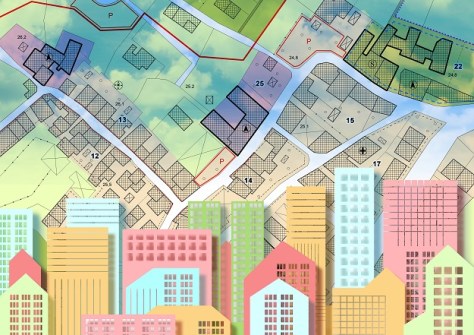
As of 1 July 2023, the ACT has adopted the Geocentric Datum of Australia 2020 (GDA2020) for all its surveying, mapping and spatial data applications.
The official projection for the ACT will be the Map Grid of Australia 2020 (MGA2020). The current AGD66 datum and ACT Standard Grid Coordinates — SGC, sometimes referred to as ‘Stromlo’ coordinates — will then be considered a working surface.
From 1st July 2023, data submitted to Office of the Surveyor-General and Land Information (OSGLI) must be in MGA2020.
New Surveyors Practice Directions and associated Guidelines for transitioning to GDA2020 will be published in conjunction with the adoption of GDA2020 from 1st July 2023.
According to the ACT Environment, Planning and Sustainability Development Directorate, adopting GDA2020 and the MGA2020 projection will rationalise the ACT mapping systems and integrate the ACT spatial data with the rest of Australia, particularly NSW which has already implemented GDA2020/MGA2020.
This means that people and organisations that produce spatial data or engage others to produce such data, will need to migrate their workflow and the data they produce to GDA2020.
Information on transforming spatial data to GDA2020, including SGC to MGA2020 transformation parameters, can be found in Guideline 18 – Transforming to GDA2020 (PDF).
Spatial data managers within the ACT Government are currently transforming their data to GDA2020/ MGA2020. But it should be noted that spatial data may not need to be transformed. Where GDA94 data has low spatial accuracy, it may be compatible with GDA2020 as the shift from GDA94 to GDA2020 is approximately 1.8 metres.







